Easter Egger chickens are a popular breed of poultry known for their ability to lay colorful eggs. These bright eggs come in shades of blue, green, pink, and even olive. While they may be called Easter Eggers, this breed is not recognized by any poultry associations and does not have a standard appearance.
They are often a mix of chicken breeds such as Araucana or Americana. However, their defining characteristic remains the same: their unique egg color.
In addition to their visually stunning eggs, Easter Egger chickens are also known for being friendly and hardy birds that make great pets or backyard animals. So whether you’re a hobby farmer looking to add some diversity to your egg basket or want some quirky backyard friends, Easter Egger chickens might be the perfect fit.

Background of the Easter Eggers Chickens
Easter Eggers are not an actual breed of chicken. Instead, they are what’s known as a “designer hybrid.” This means that they are the result of crossbreeding two different purebred chickens. In the case of Easter Eggers, one parent is typically an Ameraucana chicken or sometimes another blue egg-laying breed such as an Araucana. In contrast, the other parent is usually a brown or white egg-laying breed, such as a Rhode Island Red or Leghorn or their egg-laying ability.
The distinctive feature that all Easter Eggers share is their colored eggs. Ameraucanas and Araucanas are both known for laying beautiful blue eggs. When these blue genes are combined with the brown egg layers or even white egg layers genes of the other parent, you get a variety of colors, including green, olive, aqua, pink, and even cream-colored and chocolate brown eggs. Thus the other nickname is Rainbow Eggers.
The Araucana Chicken
- The Araucana chicken originated in South America and was developed in Chile.
- The Araucana chicken was introduced to Europe in the 1920s and first came to the United States in the 1970s.
- Their beauty makes these birds popular among hobby farmers and backyard enthusiasts, but they also come with unique challenges.

Araucanas are most commonly recognized by their tufts of feathers around their ears and the blue or green color of their eggs.
Araucana chickens can easily be distinguished by their physical appearance. The small pea comb on their head makes them a good cold hardy breed and protects against frostbite in colder climates. They also have ear tufts – a feather cluster arranged around the edge of their ears. One of the most recognizable features of Araucanas is their taillessness or lack of tail, referred to as rumpless.
While Araucanas are often called “Easter Eggers” because of their blue eggs, true Araucanas also possess other rare traits such as rumplessness (no tail) and tufted ears. These characteristics result from random mutations in South American flocks long ago.
You can find Araucana chickens in a variety of colors today. All Araucanas share the same blue egg genes, making them unique among chicken breeds.
Egg Size – Pale Blue
Egg Color – Medium
Eggs per year – 175-250
The Ameraucana Chicken
Ameraucana chickens were developed in the 1970s in the United States. They are bred from Araucana chickens from Chile to inherit (the blue egg gene) their ability to lay blue eggs without harmful genes.
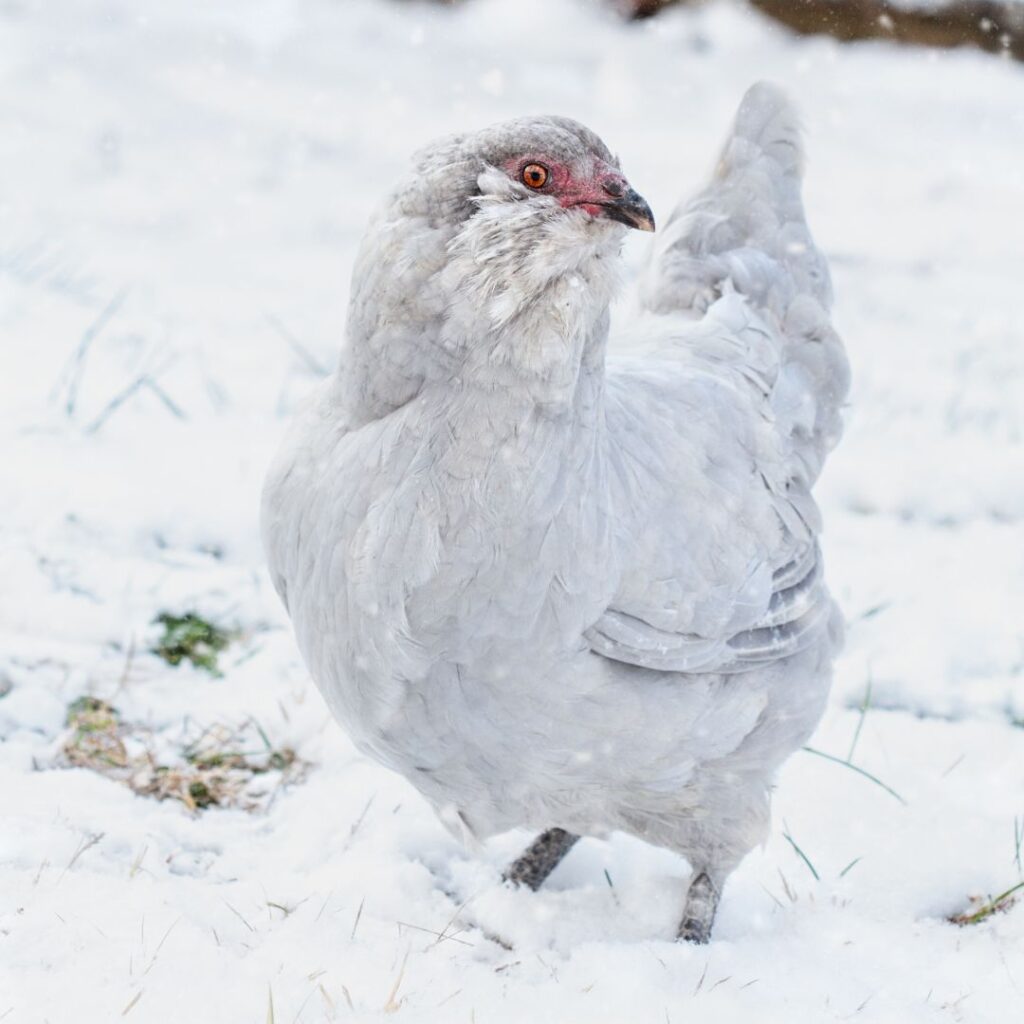
The Ameraucana comes in standard and bantam sizes, with eight recognized color variations. These include black, blue, wheaten, and white.
The Ameraucana chicken is known for its pea comb, small wattles (or lack thereof), and round earlobes. Additionally, these birds have red coloring on their combs, wattles, and earlobes. Their legs tend to be slate-blue, with black plumage variants displaying darker legs.
Ameraucana chickens are friendly and make ideal pets, no matter your experience level with owning chickens.
Egg Size – Large
Egg Color – Blue
Eggs per year – 180-200
Appearance of Easter Eggers
A typical Easter Egger hen weighs about 5 – 5 1/2 pounds. An Easter Egger rooster weighs approximately 6 – 6 1/2 pounds.
This designer breed is not recognized by (APA) The American Poultry Association or any other official Association worldwide; therefore, no standard appearance is defined.
The Easter Eggers have a large variety of feather patterns and feather colors; this is one of the appealing reasons people like to add them to their barnyard mix.
Many Easter Eggers have slate-colored legs, ear tufts, and muffs around the head, which come from their Ameraucana roots. Note we say ‘many,’ not all. Some Easter Eggers will not have muffs, ear tufts, and colored legs. Genetics work that way.
Occasionally an Easter Egger is rumpless (without tail feathers). The rumpless gene is inherited from the Araucana breed. Easter Eggers usually have pea combs, but other comb types, like a rose comb, are occasionally seen.
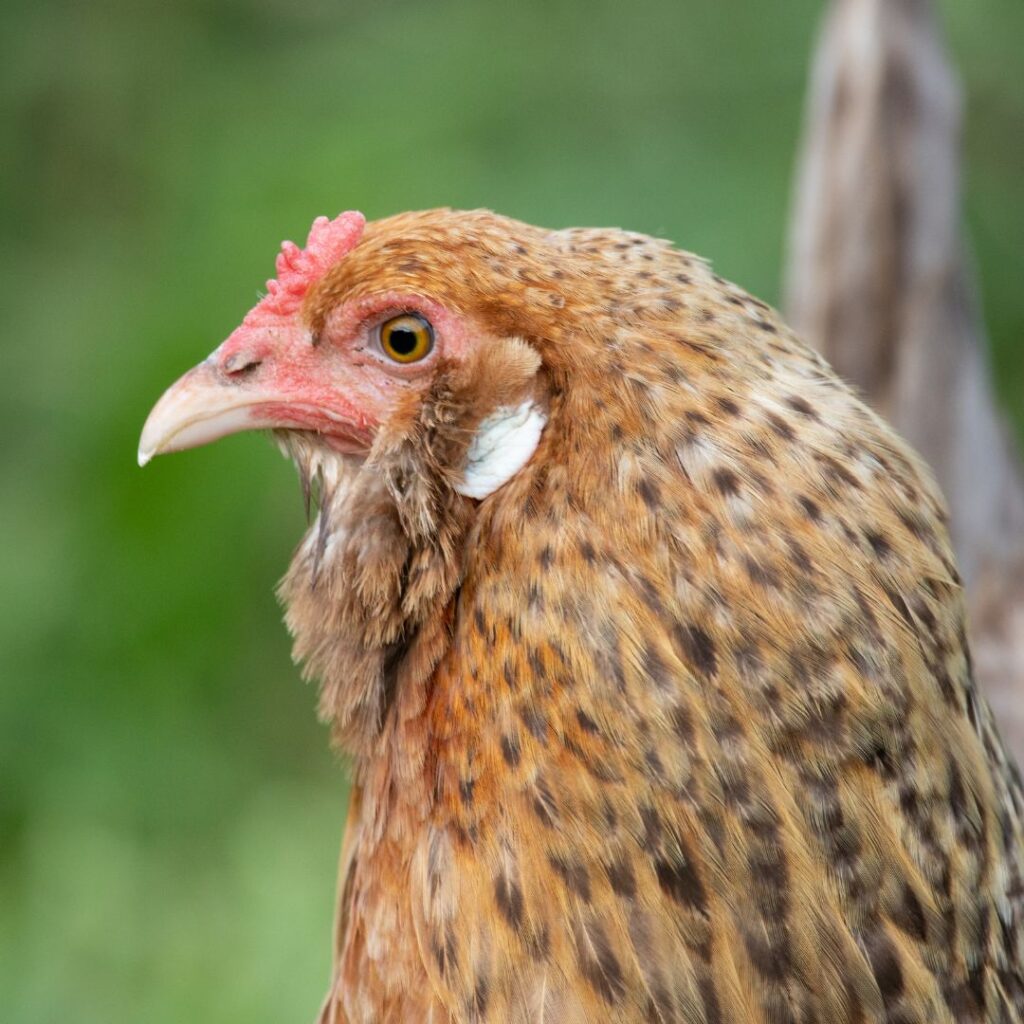
What do Easter Egger Chicks Look Like?
Easter Egger chicks can be different colors and challenging to identify from other breeds until they are a few months old. However, having a variety of adorable chicks around can be fun.
Because they aren’t easily identified as baby chicks, it is more difficult to tell if you have a male or a female until grown. If you are looking for egg layers, remember to order ‘female’ from the hatchery.
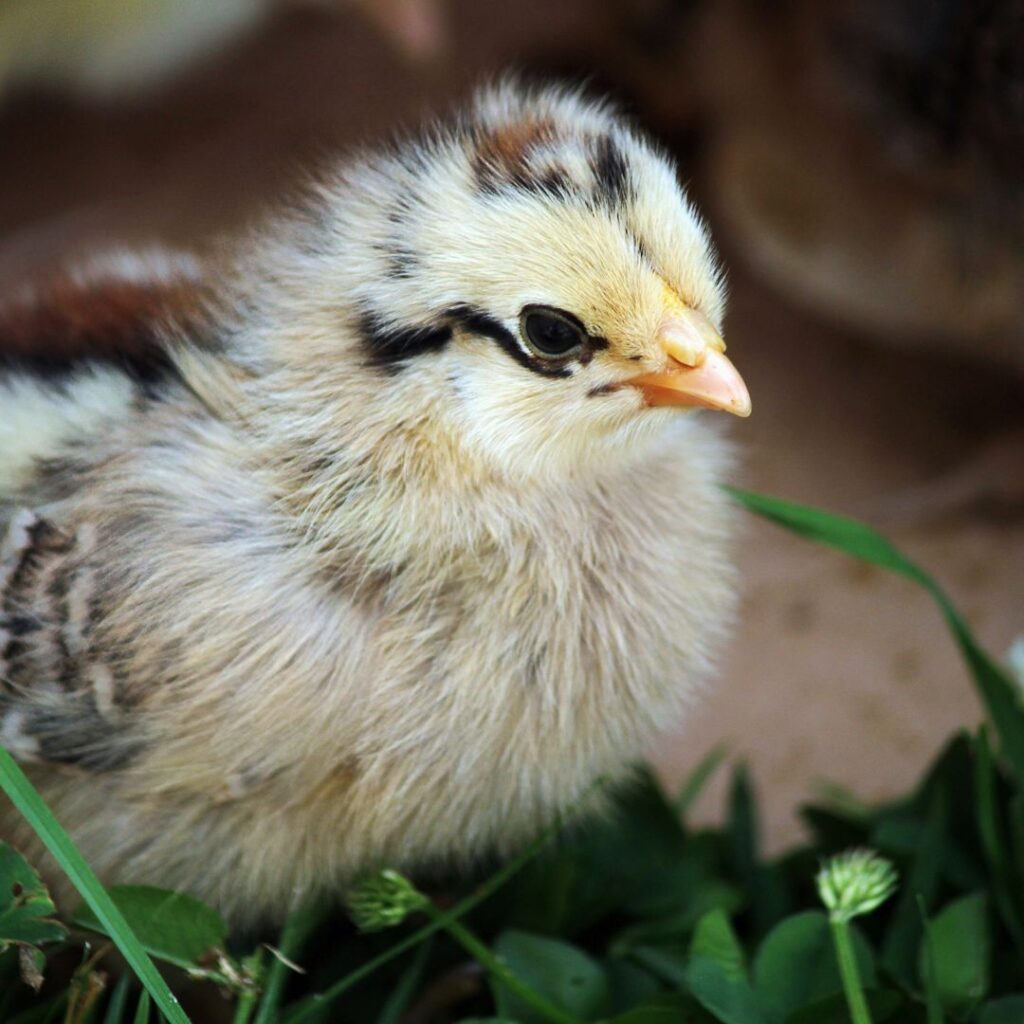
The personality of An Easter Egger Chicken
The Easter Egger chicken is the perfect addition to any family flock. Known for their friendly and curious personalities, these birds love interacting with humans, particularly children.
As such, they make an excellent choice for families looking to raise chickens.
They also have a gentle demeanor, making them unlikely to pick fights with other chickens.
It’s important to note that Easter Eggers may not do well with more assertive breeds, so it’s best to stick with other docile and non-aggressive types like Cochins. Overall, these birds are curious and gentle and bring peace to the coop environment.
Are Roosters Aggressive?
Easter egger roosters are generally not aggressive; they tend to have the same laid-back personality as hens. However, they will protect their flock and not stand down if confronted by another rooster.
It is always best to keep similar personality chicken breeds in your flock.
Also, it is always recommended to limit the number of roosters in a flock; this can be trouble waiting to happen if you have too many males. The recommended ratio for this type of “designer chicken’ is 1:10 or no more than one rooster for every ten hens.
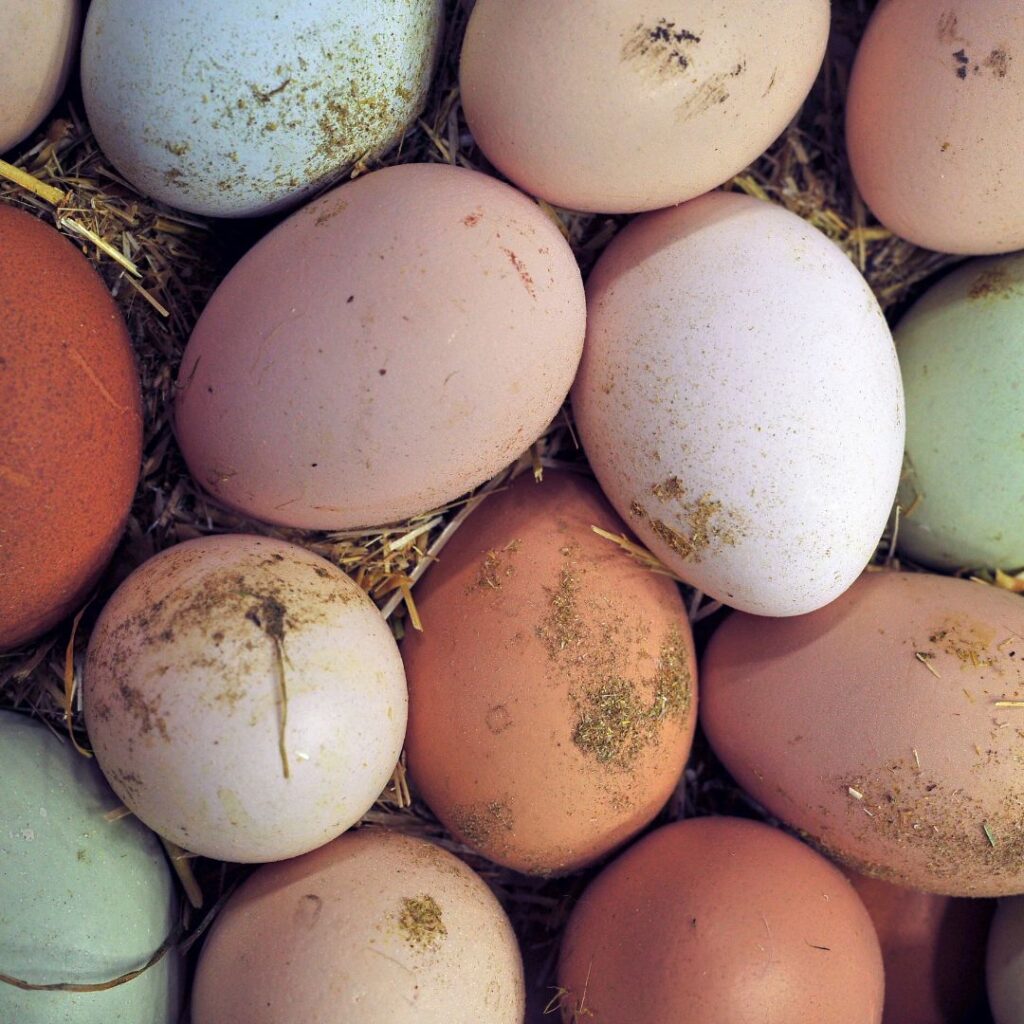
Are They Noisy Chickens?
The Easter Egger chicken is a gentle and hardy breed known for being quiet. While a hen may make her usual extra noise during the egg-laying time, they’re not known for excessive noise.
Are Hens Broody? Good Mothers?
If you want more chicks, you may want to hatch them yourself. Easter Eggers are primarily bred for their egg colors and production. You can still take any fertilized eggs, incubate them, and hatch them yourself.
Because the breed has been developed as an egg production breed and doesn’t tend to be broody, they are not great chicken moms either.
Do They Really Lay Blue Eggs? Green Eggs? Olive Eggs? Pink Eggs? Brown Eggs?
Once an Easter Egger hen begins to lay eggs, she will continue to lay the same color of egg for the rest of her life. If your hen starts to lay brown eggs, she won’t change and lay blue eggs or pink eggs at any point in the future. Although the bloom (outermost layer of a freshly gathered egg) can alter the appearance in ‘shade’ of the color; for example – a blue egg can look like a blue-green egg because of the bloom, the outermost protective layer of the shell.
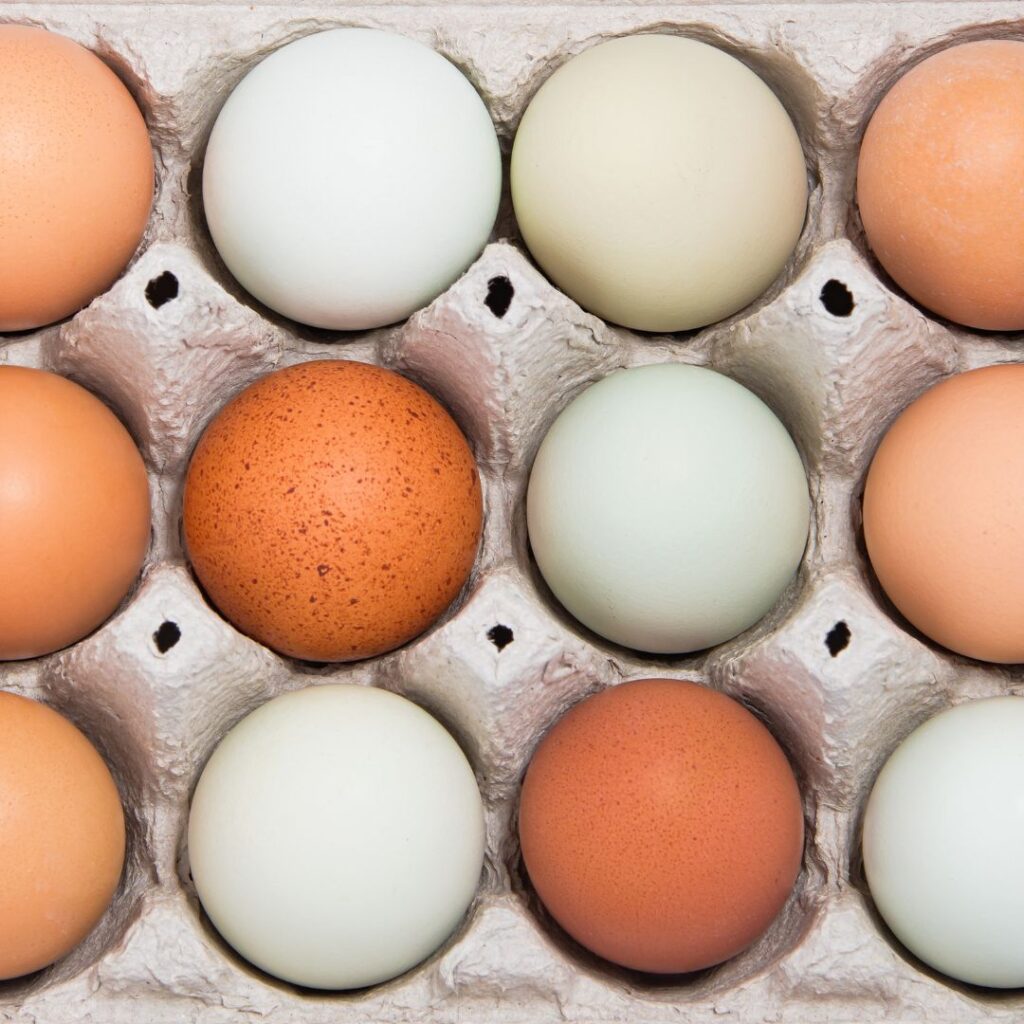
Ultimately you could have two Easter Eggers that lay different colored eggs; you could have one nesting box with a blue egg and another with an olive green egg, and with four easter eggers, you could have four colors or one blue egg, one light blue, and one light pink egg and yet another that is blue-green or even pale blue in color and so on.
The genes your hen inherits do not change as they age.
When Do Easter Egger Hens Start To Lay Eggs?
Easter Egger hens mature around 20-22 weeks when they start to lay eggs. Be sure to have your nesting boxes ready early so they can get used to them.
How Many Eggs Do The Easter Egger Hens Lay?
Easter Egger hens lay approximately four eggs a week.
You can expect 220-280 eggs a year.
The egg size is medium to large.
Are The Easter Eggers Dual Purpose?
Although the Easter Eggers are bred for egg production, they can also be a decent dual-purpose breed, meaning also used for meat. Hobby farmers and homesteaders have found them to be a little more ‘gamey’ in flavor with more dark meat. If you need to thin out your flock, a good age to do this is 20-22 weeks when they reach maturity.
The Hen House, aka Easter Egger Chicken Coop
Space – Make sure your chicken coop has enough space for each chicken to move around comfortably. A good rule of thumb is 4-6 square feet per chicken. If your chickens are let out to free range daily, you will need less chicken coop space, but more area is always better than less.
Perch – Chickens should have 8 inches of space each, which is perfect for roosting. In hotter weather, they like to spread out a little bit more, but you’ll notice them huddling together for warmth when it gets cold.
Nesting box – Ensure you have the recommended number of nesting boxes for your hens. According to the standard, there should be one nesting box per four hens (1:4). The average size of 12″ x12″ x12″ will suffice; however, if you build anything more significant, multiple hens will likely nest together and end up with cracked eggs. Check nesting boxes regularly to be sure they are clean and have plenty of ‘cushy’ litter underneath as a soft landing for those precious rainbow eggs.
Food And Water Containers – Food and Water containers should be kept off the floor to avoid pests. Clean these containers regularly and keep them supplied with enough for your chickens to eat and drink as much as they want.
Active birds rarely overeat, so don’t worry about putting out too much feed. Not overfilling feed containers is to avoid food going buggy or stale.

The Chicken Run
Space – Easter Eggers enjoy roaming about freely, so it’s important to ensure they have enough space. Although they’re known to do well in confinement, creating as much open space as possible is ideal.
You should have a minimum of 10-15 square feet for each bird in the run.
You can enlarge the space available to your chickens by adding perches at multiple heights and incorporating boxes or utility pails for them to stand on. Even old tree stumps and logs will work well here.
Chickens are considerably happier and healthier when they free-range a few times each week. Allowing them to explore their surroundings is crucial to keeping them content since they are naturally curious animals who take joy in foraging for food.
Shelter from elements – These shelters give your birds a chance to get some fresh air and exercise and provide much-needed shade in the summer and a dry spot in the winter. You can create shady areas such as tarp, shade cloth (for summer), lean-to, or tent-type structures.
Dust Bath – A dust bath in their coop is something every chicken owner should provide for their birds. However, there’s no need to go overboard; a simple area dug out in the run will work great. If you want, you could use a kiddie pool or an old tire filled with a mixture of dried soil/sand/diatomaceous earth, which would be more than sufficient. Allowing your bird to clean itself via this method will help keep lice and mites at bay and keep your flock looking their finest.
Fencing height – A standard six-foot fence will usually suffice for Easter Eggers to keep them contained. To deter predators from destroying your coop and harming your chickens, keep the hen house and run well-maintained and add overhead fencing such as hardware cloth.
Can I Let My Easter Egger Chicken Flock Out To Free Range?
Easter Egger chickens are a free-range chicken breed that loves to forage. Many owners find that their birds are so good at foraging that they eat less of the commercial feeds than chickens that forage less. This can be a great way to reduce your feed bill.
Not only are Easter Eggers fun and delightful birds to watch as they scratch and peck around your yard, but you can also feel good knowing that they’re getting plenty of exercise and eating a healthy, natural diet.
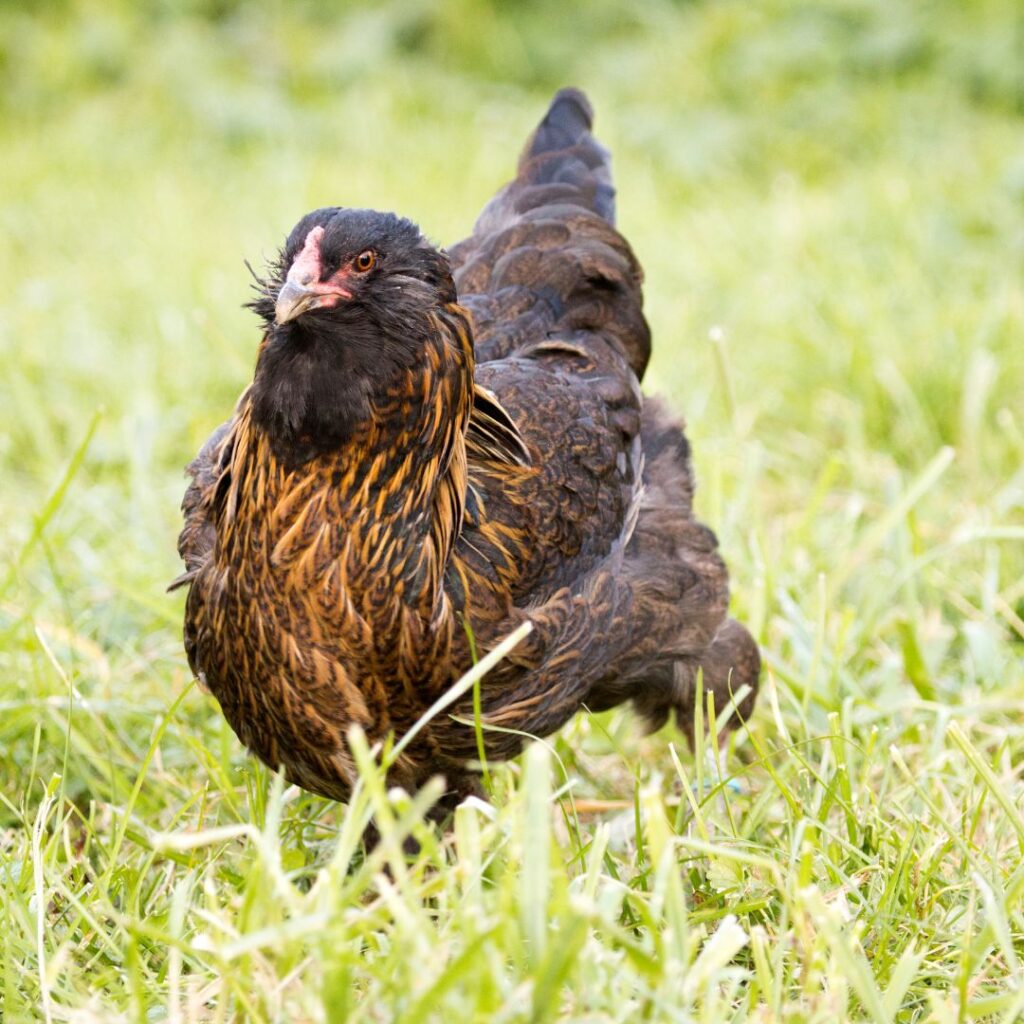
Are Easter Egger Chickens Good For Urban (City) Homesteads?
The Easter Egger chicken will appear on almost every top 10 list for urban homesteading. This ‘designer chicken’ is a mixed bag of goodness for those looking into raising chickens.
They are low on the noise spectrum, and their small pea combs make them cold-hardy breeds. Their curious and docile personality makes this one of the friendliest chicken breeds. Egg colors and Feather colors give you a full array of visual appeal and enjoyment.
Take all that, and they tolerate confinement well, given appropriate run space. So, yes, this is an absolute top pick for urban homesteads and suburban homes’ backyard chickens.
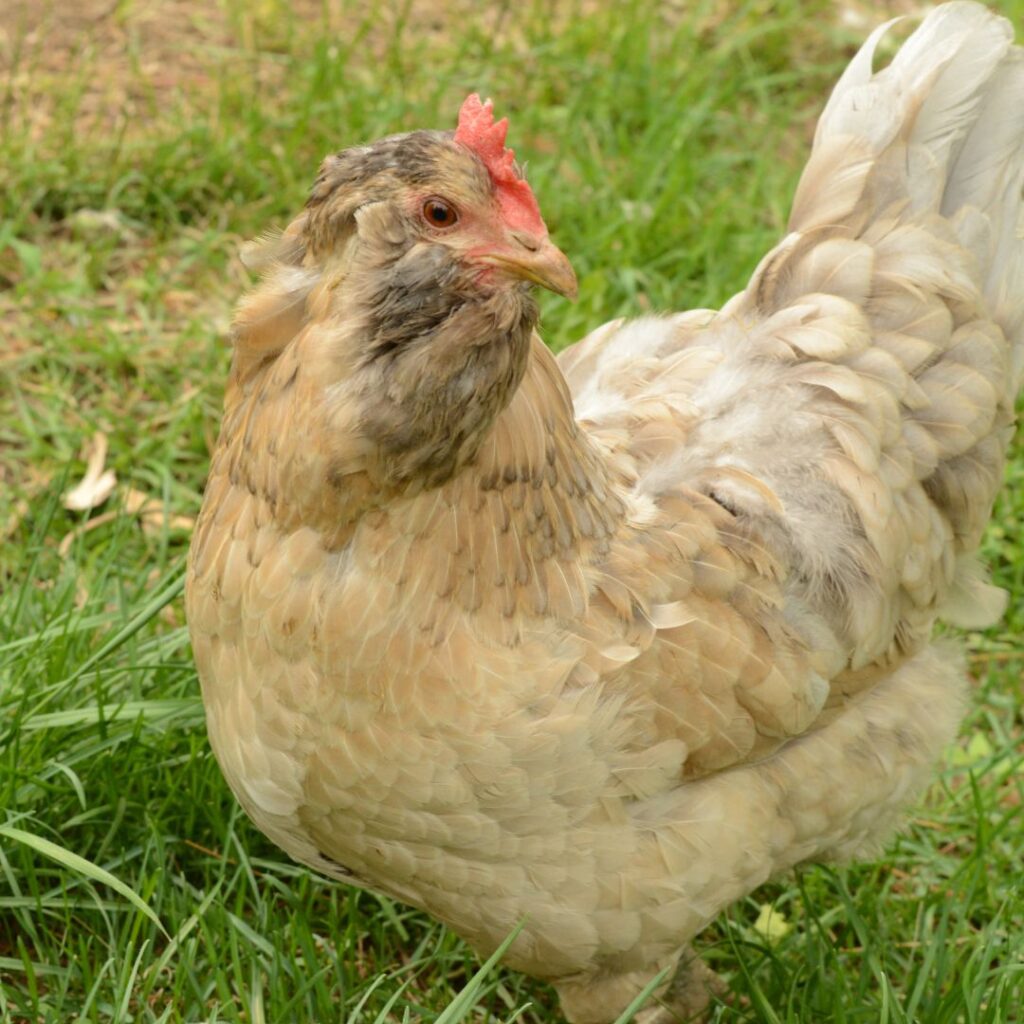
Are Easter Eggers Good For Range Hobby Farms and Backyard Chicken Keepers?
Easter Egger Chickens are such fun birds to have in a backyard flock. They are hardy, friendly birds that lay lots of eggs and make good meat birds. With their striking plumage and egg colors, they are sure to be a favorite among your feathered friends.
They provide plenty of delicious eggs, and their mixed bag of plumage and colored eggs are sure to please any chicken keeper.
They are also known to be good foragers when let to free range, so you can also look forward to free insect control. Easter Eggers are the perfect choice if you’re looking for a curious and docile bird to add to your backyard flock!
FAQ’s
What Other Chicken Breeds Lay Colored Eggs?
Here are just a few breeds of hens that lay blue eggs
Are Colored Eggs Nutritious?
Blue, Green, Pink – any eggs are nutritious eggs when they’re from hens raised at home. The shell’s color has nothing to do with what is inside.
What Is An EE Chicken?
EE chickens and an EE rooster are just nicknames or short-speak for Easter Egger (the first letter of each name.
What Color Eggs Does The Rhode Island Red Lay?
Rhode Island Reds are one of the common egg-production breeds used to cross with the Ameraucana or Araucana to produce Easter Eggers. The Rhode Island Red chicken has a reputation for being a prolific brown egg layer.
What Color Egg Does The Leghorn Lay?
Leghorns are another breed known to be crossed with Araucana and Ameraucana chickens to create the Easter Egger chicken. This chicken is known for its abundance of large to extra-large white eggs.
What Do Kids Think About Having An Easter Egg Chicken?
Easter eggs for days! That is what they think. It’s like having their own backyard Easter egg hunt every single day. Give your kids a basket and send them off on a daily fun adventure to collect Easter eggs with these hens! And yes, there is so much more children can learn by raising chickens.

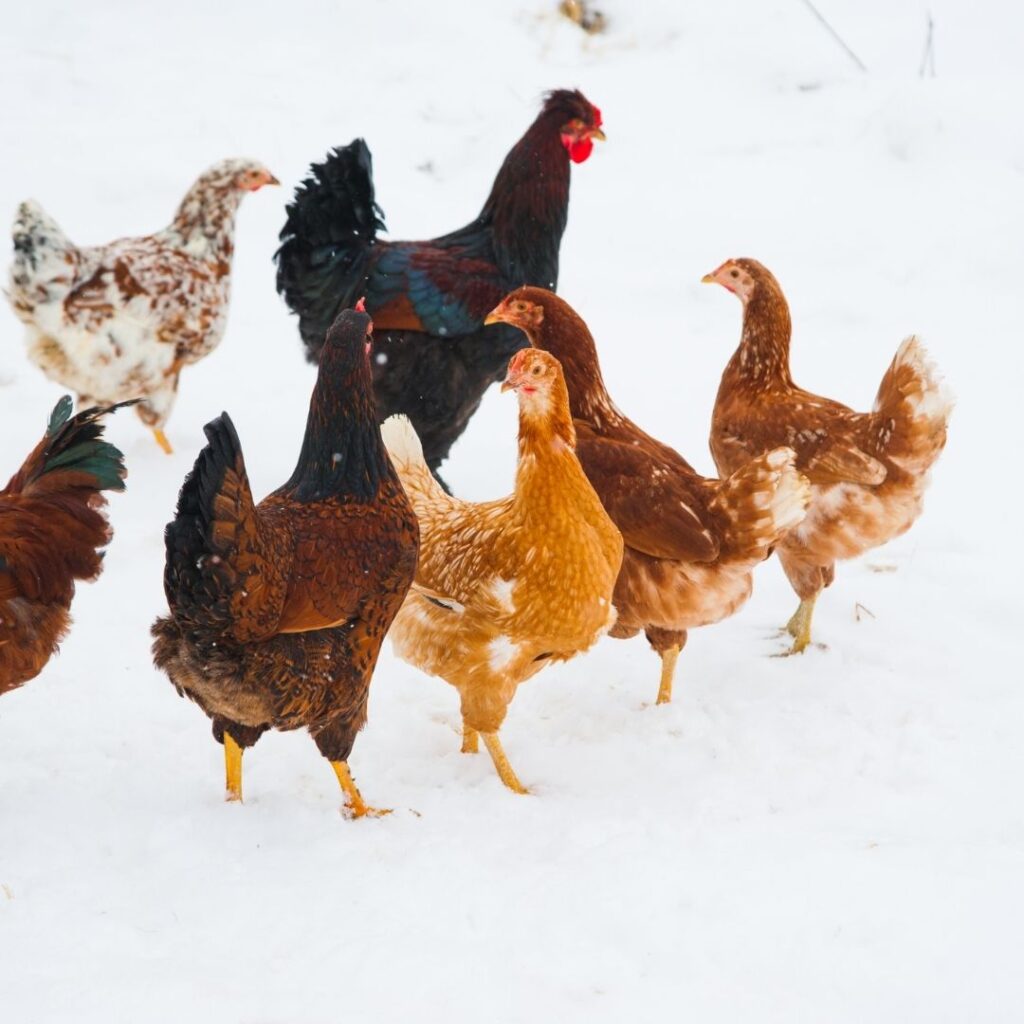
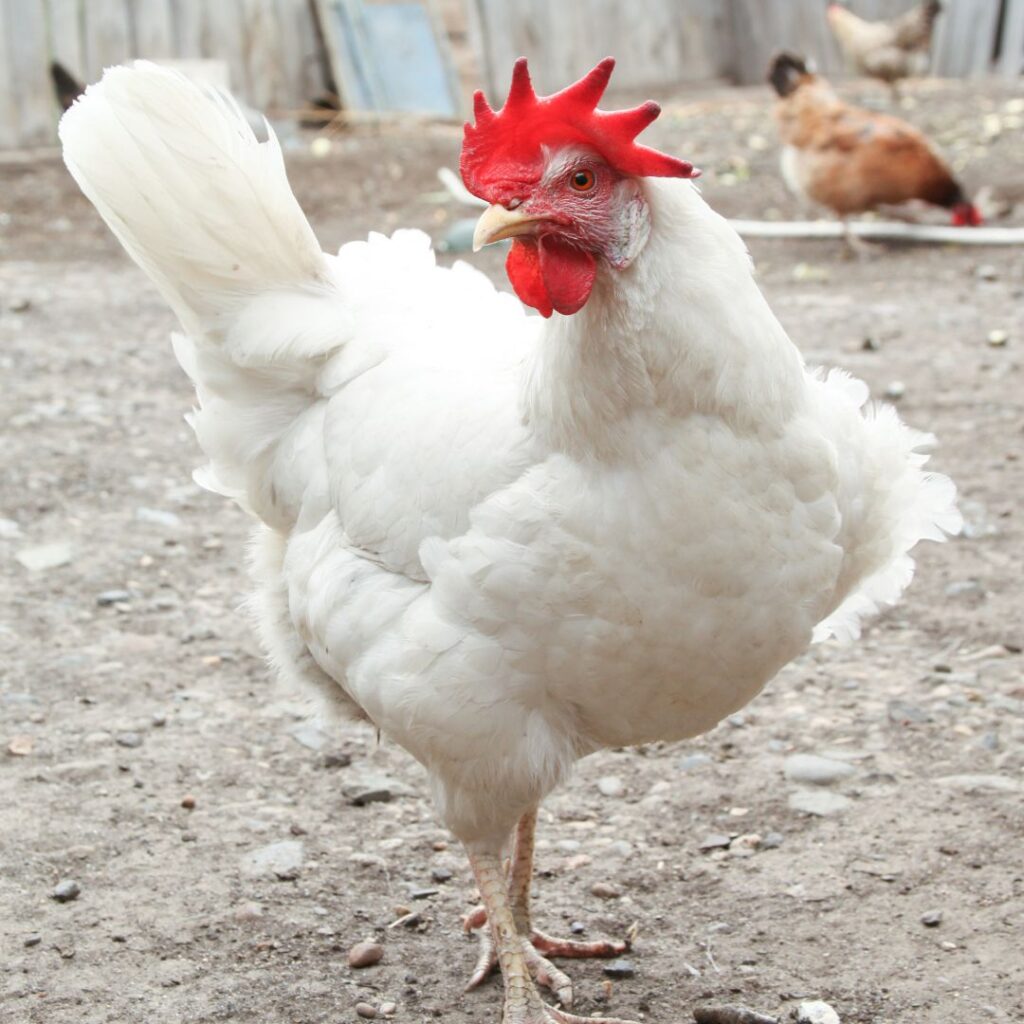
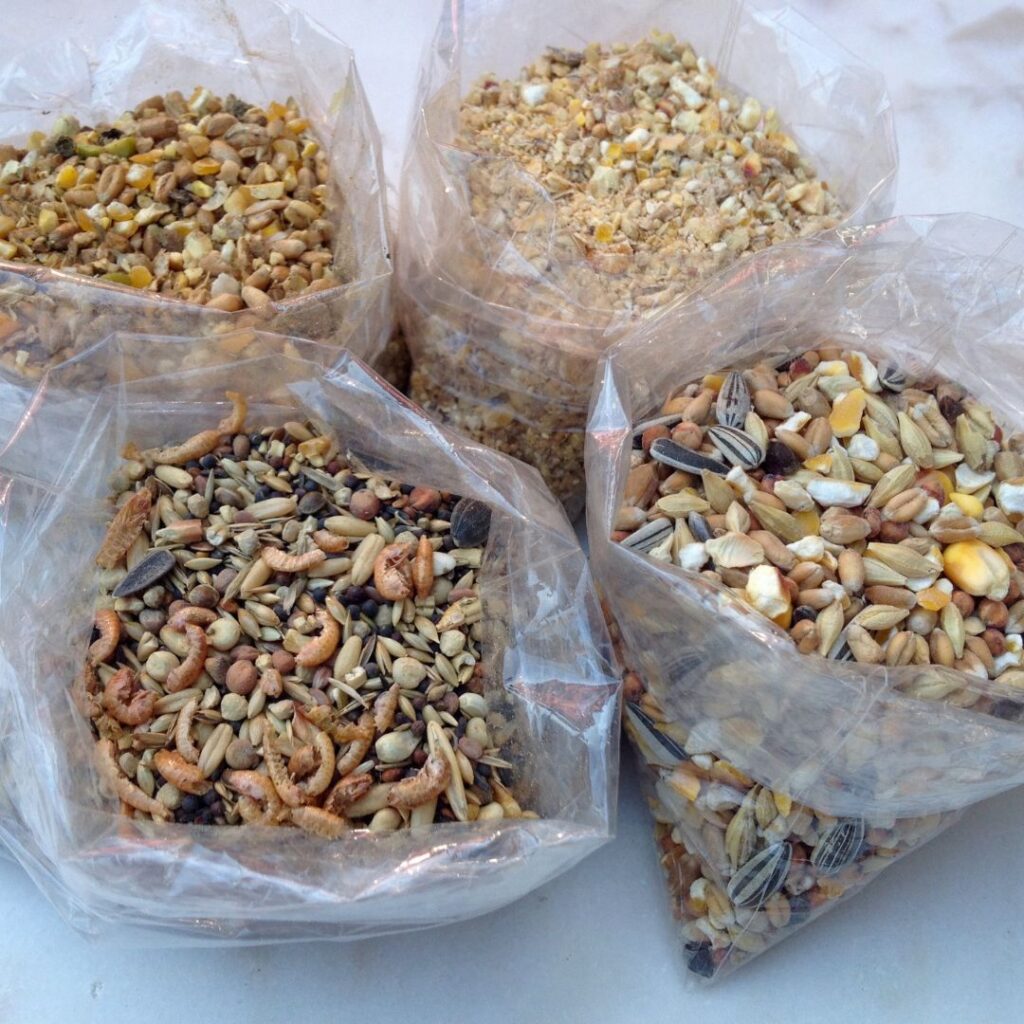
Pingback: Tips For Buying Backyard Chickens; Your 2022 guide - Gilmore's
Pingback: Chicken Care In Winter Months; Warmth & Health Of Flock - Gilmore's
Pingback: 15+ Best Egg Laying Chicken Breeds; Qty, Color, Size Of Eggs
Pingback: Leghorn Chickens: What To Know Before Buying One - Gilmore's
Pingback: Cochin Chickens: What To Know - Gilmore's
Pingback: 23+ Interesting And Fun Facts About Chickens - Gilmore's
Pingback: Ameraucana Chickens; About These Blue Egg Layers (Not Chicken Americana) - Gilmore's
Pingback: Speckled Sussex Chickens; Is This Breed Right For You?
Pingback: Cornish Chickens: A sweet Heritage Breed - Gilmore's
Pingback: Jersey Black Giant Chickens: The Breed For You? - Gilmore's